

Blockchain Testing

What is Blockchain:
A blockchain is essentially a linked chain comprising data. Utilizing blockchain technology or platforms enables the secure, decentralized, and encrypted storage and management of data. This approach effectively tackles current challenges related to trust and data breaches among B2B, B2C, and C2B entities.
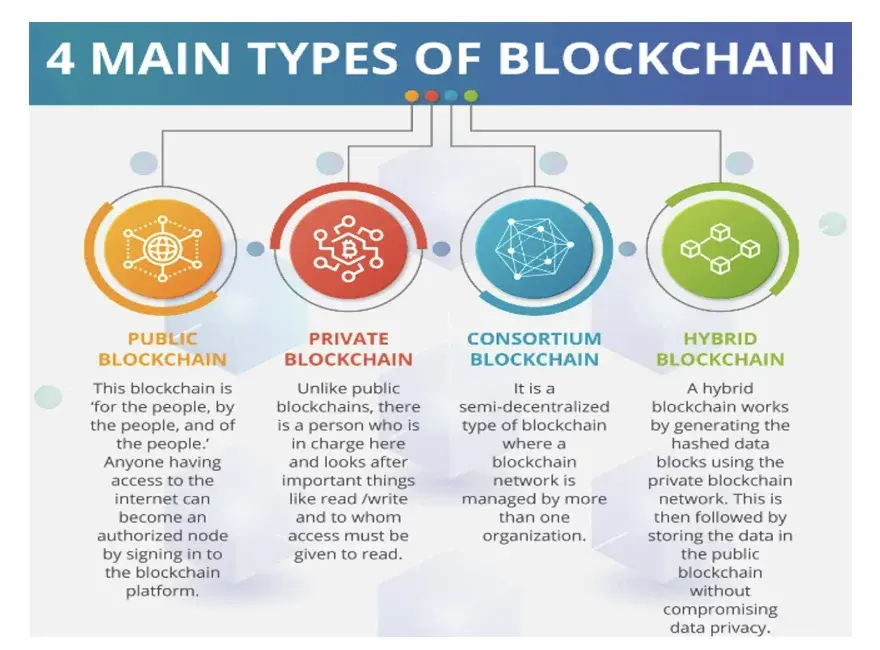
What is Blockchain Testing?
Blockchain testing involves the methodical validation of various components within the blockchain, including smart contracts, blocks, mining processes, wallets, transactions, and more. This process ensures that each element of the blockchain network functions as intended, remains secure, and is validated for proper operation. The primary objective of testing in the blockchain context is to achieve comprehensive test coverage, ultimately contributing to the development of a high-quality and reliable blockchain solution.
What Is The Need For Blockchain Testing?
Once a block is added to the blockchain, it becomes immutable and cannot be removed. It remains an integral part of the chain indefinitely. Attempting to alter an existing block disrupts the integrity of the subsequent blocks, rendering them invalid. Therefore, it is crucial to ensure that each new block is added correctly.
Blockchain transactions undergo a series of processes, including validation, encryption, decryption, and transmission. Ensuring the smooth execution of these processes is essential for the overall integrity and security of the blockchain system.
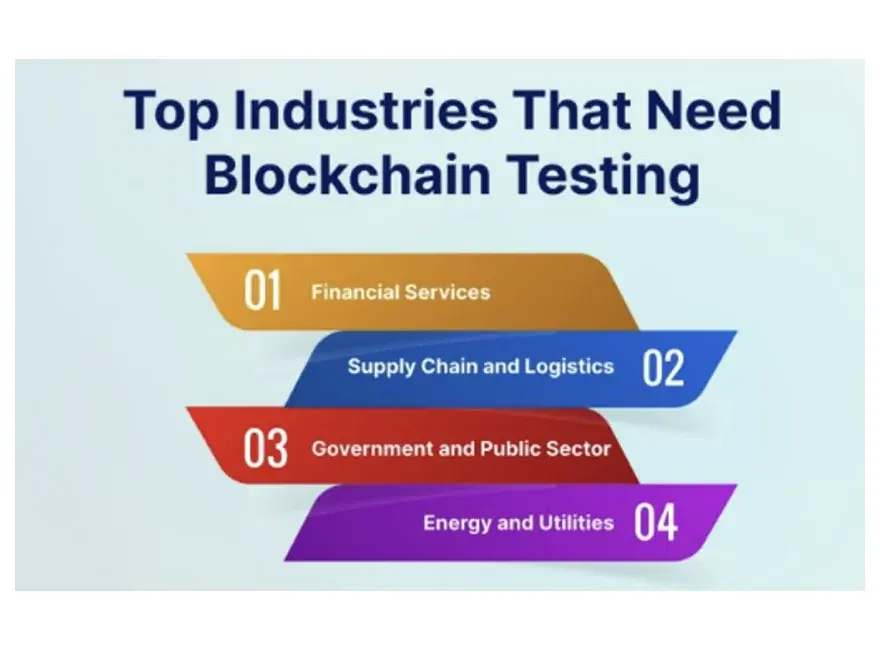
What Should Be Tested in a Blockchain?
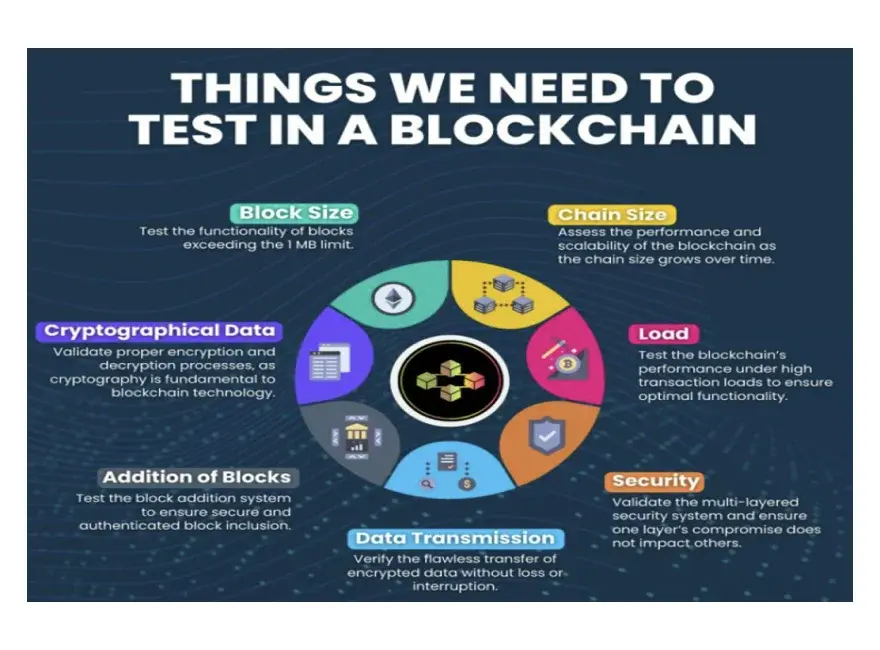
Types of Testing for Blockchain Applications:
There are various testing methodologies tailored for blockchain technology. Below are some prevalent types of blockchain testing:
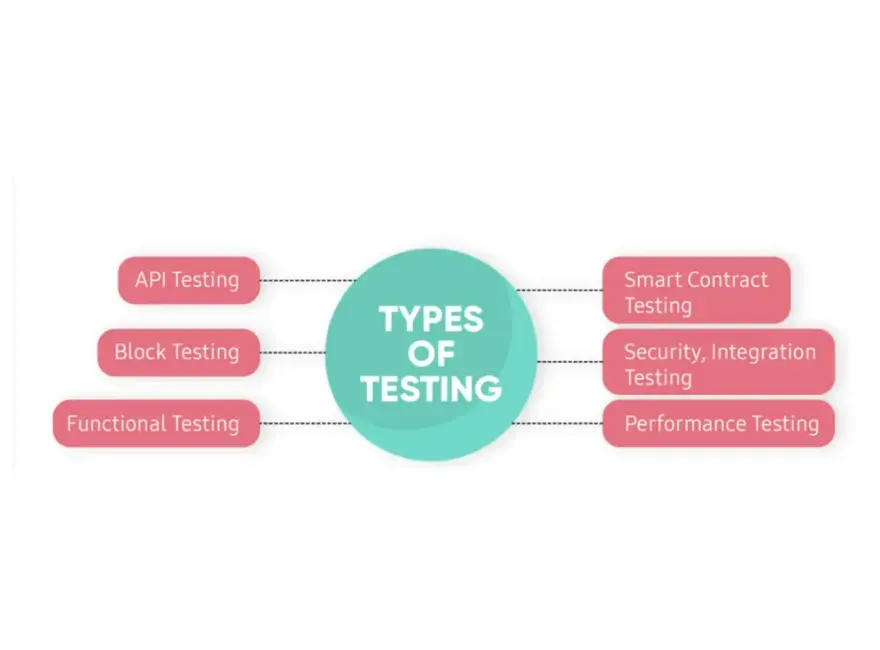
- API Testing: API testing concentrates on verifying the functionality and performance of the Application Programming Interfaces (APIs) employed in the blockchain system. It includes testing communication between different components or modules of the blockchain through APIs, validating data exchanges, and ensuring seamless functionality of APIs. API testing guarantees smooth integration and interoperability among diverse parts of the blockchain system.
- Block Testing: In a blockchain system, block testing includes putting the blocks that make up the blockchain to the test to make sure they function as intended. Testing the blocks’ integrity, data storage capabilities, and structural integrity are all examples of this.
- Functional Testing: This testing type concentrates on validating the functional aspects of the blockchain system, encompassing tasks like transaction validation, smart contract execution, and ensuring the overall expected behavior of the system.
- Integration Testing: Integration testing examines the interaction and compatibility of different components within the blockchain ecosystem. It verifies the integration between the blockchain network and external systems like wallets, APIs, or databases, ensuring proper data flow, synchronization of transactions, and the correct functioning of communication between components.
- Security Testing: Security testing is crucial for identifying vulnerabilities and weaknesses in the blockchain system. It involves activities such as penetration testing, vulnerability assessments, and audits to fortify the system against potential threats and attacks.
- Performance Testing: Performance testing evaluates the performance characteristics of the blockchain system under varied loads and conditions. It measures transaction throughput, response time, scalability, and resource utilization. This testing aids in pinpointing bottlenecks, optimizing system performance, and confirming the blockchain network’s capability to handle the anticipated transaction volume.
- Cycle Testing: Cycle testing, also known as end-to-end testing or workflow testing, scrutinizes the complete life cycle of a transaction or business process in the blockchain system. It involves simulating real-world scenarios and workflows to test the entire cycle of a transaction, from initiation to completion. Cycle testing identifies any issues or bottlenecks in the transaction flow, ensuring the smooth and efficient operation of the blockchain system.
- Compliance Testing: Compliance testing ensures that the blockchain system adheres to regulatory and industry-specific standards. It verifies the system’s compliance with applicable laws, regulations, and policies, including those related to data protection, privacy, and financial regulations.
Challenges in Testing Blockchain Applications:
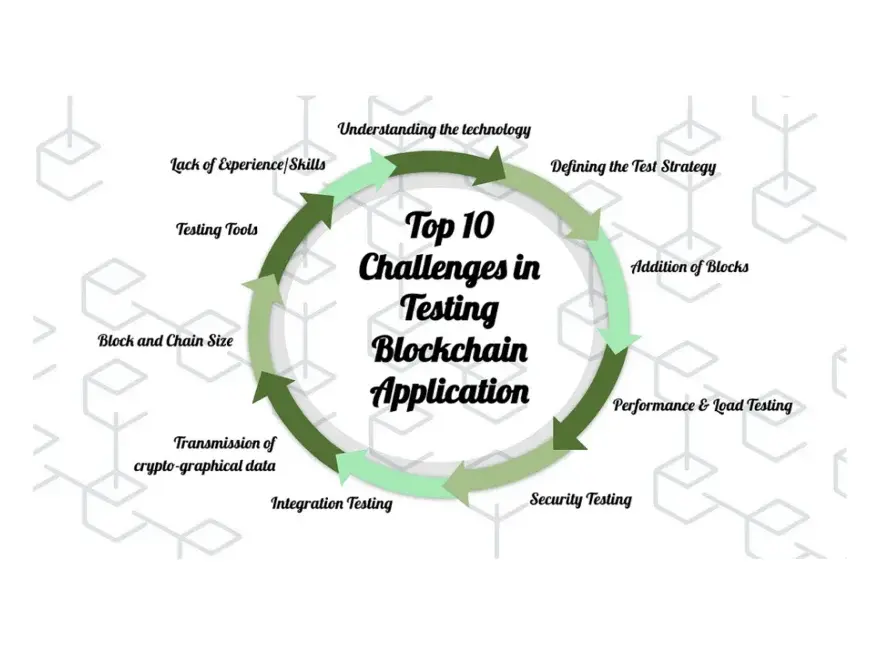
Significance of Testing Smart Contracts:
In a traditional web application, addressing bugs involves fixing the code and reapplying the application on the server after deployment. However, the scenario is more complex with Smart Contracts. Once deployed on the blockchain, the code becomes immutable, prohibiting any further changes. Consequently, it becomes crucial to ensure the accuracy of Smart Contracts well in advance of deployment. There is no opportunity for a second chance to rectify bugs. Thorough testing is essential to verify the proper functioning of Smart Contracts before deployment.
Steps to Conduct Blockchain Testing:
Blockchain Test Planning and Strategy
To proficiently plan and strategize for blockchain testing, it is imperative to take into account the following key considerations:
- Test Objectives: Precisely outline the goals of the testing initiative. Identify the particular functionalities, performance expectations, and security measures that require validation.
- Test Scope: Establish the scope of the testing initiative. Identify the elements of the blockchain system to be tested, encompassing smart contracts, consensus algorithms, data storage, and network connectivity. Take into account integration points with external systems or applications.
- Testing Techniques: Make decisions regarding the testing techniques to employ, including functional testing, performance testing, security testing, and compatibility testing. Select suitable testing methodologies and approaches that align with the nature of the blockchain system.
- Testing Tools and Environments: Choose appropriate testing tools and environments for executing blockchain tests. Take into consideration specialized tools designed for smart contract testing, blockchain simulation, and performance evaluation. Establish test environments that faithfully replicate the production environment.
- Test Data and Environments: Identify the requirements for test data and guarantee the presence of ample test data for realistic scenarios. Develop or acquire test data sets that encompass various transaction types, user accounts, and network conditions.
- Resource Allocation: Assign essential resources, including proficient testers, blockchain experts, and appropriate test infrastructure. Clearly define the roles and responsibilities of testing team members and foster effective collaboration between developers, testers, and blockchain specialists.
- Blockchain-Specific Considerations: Consider the distinctive aspects of blockchain technology. Grasp the fundamentals of the underlying blockchain platform, consensus mechanisms, encryption techniques, and smart contract execution. Tackle challenges inherent to blockchain testing, such as the limitations of testing tools, intricate smart contracts, and scalability issues.
- Test Execution and Reporting: Conduct the designated test cases and document the outcomes. Monitor the advancement of testing activities and keep track of any identified issues or defects throughout testing. Develop comprehensive test reports offering insights into test coverage, results, and recommendations for enhancement.
Blockchain Test Design
Designing tests for blockchain involves developing a systematic approach to create test cases and scenarios that thoroughly validate the functionality, performance, security, and other facets of a blockchain system. Here are some essential considerations and steps for blockchain test design:
- Understand System Requirements: Acquire a comprehensive understanding of the blockchain system’s requirements, use cases, and user expectations. This comprehension will steer the test design process and guarantee that test cases are in harmony with the intended functionality of the system.
- Identify Test Scenarios: Utilize the system requirements and use cases as a foundation to pinpoint a set of test scenarios encompassing critical functionalities and user interactions. Ensure that the test scenarios are comprehensive, realistic, and cover both normal and exceptional scenarios.
- Define Test Objectives: Precisely articulate the objectives and anticipated outcomes for each test scenario. This clarity aids testers in comprehending the purpose of each test, guaranteeing that test cases are formulated to fulfill specific objectives.
- Determine Test Data: Identify the requisite test data to execute each test scenario proficiently. Ensure that the test data encompasses diverse transaction types, smart contract inputs, and other pertinent data elements. Contemplate the use of both synthetic and real-world data to simulate a variety of scenarios.
- Design Test Cases: Derived from the identified test scenarios, formulate test cases addressing various facets of the blockchain system. Each test case should encompass clear steps, input data, expected results, and preconditions.
- Prioritize Test Cases: Establish priorities for test cases by weighing their criticality and impact on the system. Concentrate on testing core functionalities, security measures, and critical paths initially. This approach guarantees that crucial aspects of the system undergo thorough testing before addressing less critical areas.
- Incorporate Boundary and Negative Testing: Incorporate test cases that encompass boundary conditions and negative scenarios. Evaluate the system’s behavior when approaching its limits or encountering unexpected inputs. This practice aids in uncovering vulnerabilities, addressing edge cases, and identifying potential issues.
- Consider Functional and Non-Functional Testing: Create test cases that encompass both functional and non-functional aspects of the blockchain system. Functional testing ensures the system accurately performs its intended functions, while non-functional testing validates performance, security, scalability, and other quality attributes.
- Test Smart Contracts: If the blockchain system incorporates smart contracts, formulate dedicated test cases to validate their functionality, correctness, and security. Examine various paths, conditions, and edge cases within the smart contracts to ensure their robustness.
- Test Interoperability: If the blockchain system needs to interact with external components or integrate with other systems, design test cases to validate interoperability. Test the system’s compatibility, communication, and data exchange with external interfaces like wallets, APIs, or other blockchain networks.
- Address Security Testing: Develop test cases with a focus on the security aspects of the blockchain system. Assess vulnerabilities, authentication mechanisms, access controls, data privacy, and protection against potential attacks. Verify that the system aligns with security best practices and standards.
- Plan Performance Testing: Incorporate test cases to evaluate the system’s performance and scalability. Assess transaction throughput, response time, network latency, and resource utilization under diverse load conditions. Simulate realistic user traffic to pinpoint performance bottlenecks and confirm the system’s ability to manage anticipated transaction volumes.
- Consider Regression Testing: Integrate regression testing to verify that modifications or updates to the blockchain system do not introduce new problems or setbacks in previously examined functionalities. Re-run pertinent test cases to confirm the system’s stability and compatibility following updates.
- Document Test Design: Record the test design, comprising detailed descriptions of test cases, expected outcomes, and any particular preconditions or dependencies. This documentation acts as a guide for testers and ensures uniform test execution.
- Review and Validation: Evaluate the test design with pertinent stakeholders, including developers, blockchain experts, and business representatives. Validate the test design against the system requirements and use cases.
Blockchain Test Execution
Executing blockchain tests involves putting the designed test cases into action to verify the functionality, performance, security, and other facets of a blockchain system. Below are essential steps and considerations for a successful execution of blockchain tests:
- Test Environment Setup: Verify that the test environment is meticulously arranged and adjusted to mirror the production blockchain network, ensuring the deployment of essential blockchain components, nodes, and network configurations in the testing environment.
- Test Data Preparation: Generate the necessary test data in accordance with the designed test cases, which may include creating synthetic data, configuring test accounts or wallets, preloading smart contracts with specific inputs, and establishing the required data state for each test case.
- Execute Test Cases: Execute the test cases according to the defined test plan. Follow the specified test steps, input the required test data, and document the actual results. Be attentive to any specific preconditions or dependencies associated with each test case.
- Logging and Reporting: Capture pertinent logs, error messages, and other outputs throughout the test execution. Keep a thorough record of the test execution process to ensure traceability and future reference. If any issues or defects arise during test execution, document them clearly for subsequent analysis and resolution.
- Test Case Progress Tracking: Monitor the progress of test case execution to ensure that all planned test cases are completed within the designated time frame. Utilize test management tools or spreadsheets to keep track of the status of each test case, indicating whether it has passed, failed, or is pending.
- Defect Reporting and Management: Report any identified issues or defects in a structured manner, providing clear steps to reproduce the problem, relevant logs, and screenshots if necessary. Assign the reported issues to the appropriate stakeholders for resolution and closely track their progress to ensure timely resolution.
- Regression Testing: Conduct regression testing whenever changes or updates are applied to the blockchain system. Execute pertinent test cases that address the modified functionalities or areas impacted by the changes. This practice ensures the system’s stability and confirms its proper functioning following updates.
- Collaboration and Communication: Establish and maintain transparent communication channels with the development team, blockchain experts, and other stakeholders. Foster close collaboration to address questions, seek clarifications, and resolve issues that may arise during test execution. Keep stakeholders regularly informed about the progress of test execution, identified issues, and the overall status.
- Performance Monitoring: Monitor the performance of the blockchain system closely during test execution. Gather pertinent performance metrics, including transaction throughput, response time, network latency, and resource utilization. Analyze the performance data to pinpoint any bottlenecks or variations from the anticipated behavior.
- Security Monitoring: Prioritize security considerations throughout the test execution phase. Be vigilant for potential vulnerabilities, unauthorized access attempts, or security breaches. Swiftly report and address any security-related issues to uphold the integrity and security of the blockchain system.
- Test Completion Criteria: Establish criteria for test completion aligned with the test objectives and coverage. Verify the execution of all planned test cases and attainment of the targeted test coverage. Assess the test results in comparison to expected outcomes and acceptance criteria.
- Test Closure Activities: Complete test closure activities, comprising the creation of test summary reports, conducting lessons learned sessions, and documenting any outstanding issues or risks. Document valuable insights and improvements for application in subsequent test cycles and project iterations.
Popular Tools for Testing Blockchain Applications:
Testing tools for blockchain are essential to guarantee the security, dependability, and effectiveness of applications built on blockchain technology. The significance of testing these applications lies in the fact that any issues or vulnerabilities could result in substantial financial losses, damage to reputation, and, in certain instances, jeopardize the integrity of the entire blockchain network.
Here are some reasons outlining the importance of blockchain testing:
- Security: Testing blockchain allows you to pinpoint potential security vulnerabilities in smart contracts and other components of the blockchain ecosystem. It empowers developers to simulate attacks on their systems, assess existing security measures, and devise strategies to mitigate potential risks.
- Reliability: Blockchain tests serve the purpose of ensuring that blockchain applications operate as intended. They play a crucial role in identifying bugs, issues, and bottlenecks that could impact the system’s reliability.
- Efficiency: Blockchain testing plays a pivotal role in optimizing blockchain performance by pinpointing areas for system enhancement. This encompasses identifying code inefficiencies, reducing transaction times, and minimizing resource usage.
- Compliance: Numerous industries have distinct compliance prerequisites that must be adhered to for blockchain-based applications to be deemed secure. Blockchain testing serves to verify and ensure compliance with these specific requirements.
There are many popular tools to try blockchain, some of which are listed below:
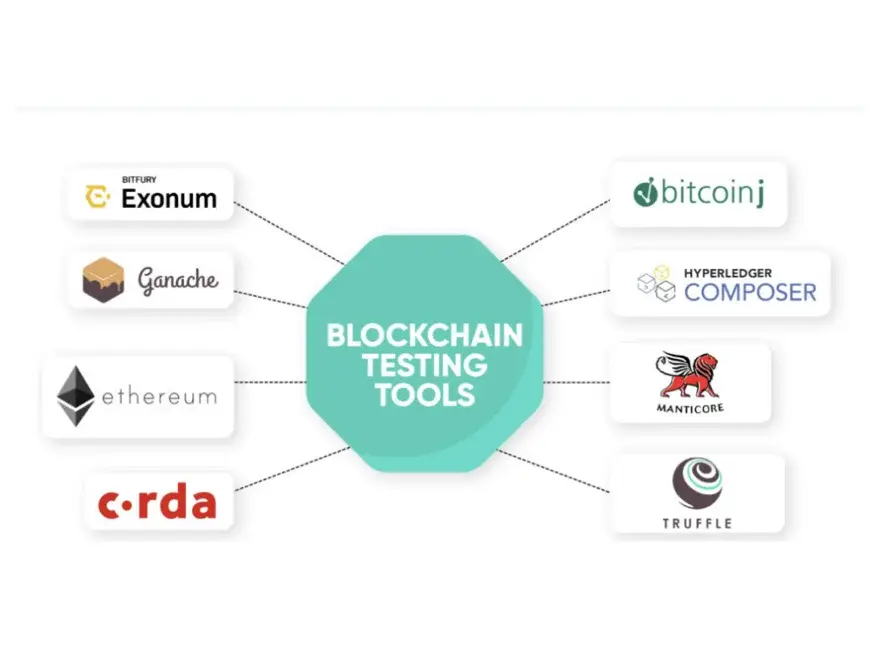
Stay tuned for more updates regarding tools and integration validation processes!
Interested in Learning More About x-enabler Book a One-to-One Personalized Call
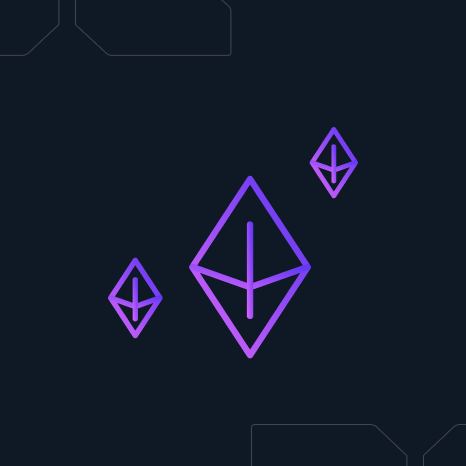
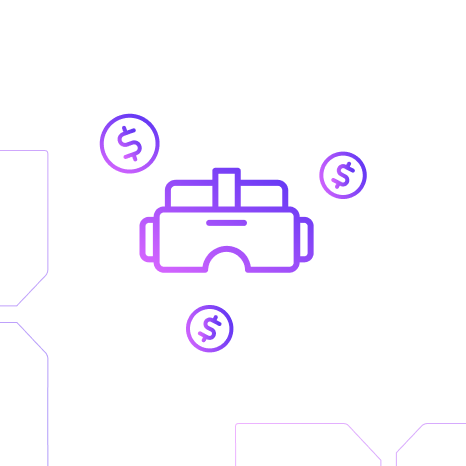
Leave a comment!